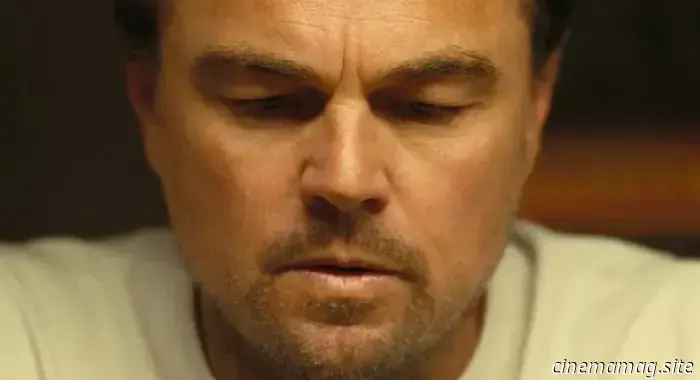
Editor Andy Jurgensen Discusses Editing Paul Thomas Anderson’s Action-Comedy Epic, One Battle After Another.
How do you create a 2.5-hour film that feels like it's over in a fraction of that time? Enter editor Andy Jurgensen, a longtime collaborator with Paul Thomas Anderson, who follows Licorice Pizza with the new film, One Battle After Another. In a skillfully edited tapestry brimming with intensity, emotion, and humor—often existing simultaneously in the same scene—Jurgensen has undoubtedly achieved one of the most impressive editing feats of the year, if not the decade.
With Anderson's tenth film enjoying its theatrical run, I had the privilege of engaging in an in-depth conversation with Jurgensen about building the remarkable momentum of One Battle, insights from test screenings, tone balancing, moments of music, specific shot choices, and the experience of releasing the film amid current events in the country.
The Film Stage: I've seen the film three times now, including the IMAX 70mm version, which was amazing.
Andy Jurgensen: That's great! Which versions did you experience?
DCP and then 70mm here at Film at Lincoln Center, followed by IMAX 70mm. Once the New York Film Festival wraps up, I'm planning to check it out in VistaVision.
That's excellent.
The first act has a sense of momentum that PTA has never quite achieved in his previous films. Can you discuss how you found the right balance in overwhelming the audience with details while doing so in an exciting manner?
Absolutely. It was about making the opening as dynamic as possible. Interestingly, while editing Licorice Pizza, we explored keeping momentum alive through hard cuts to sound or abruptly leading into the next sequence. Some of those techniques carried into the prologue of this film—not just the prologue, but the entire movie, I believe. Specifically in the prologue, we made deliberate choices to include hard cuts that thrust the audience into the narrative. The process evolved; we started with a longer version and gradually trimmed it down, aiming for impact with the character of Perfidia, who is truly compelling. It was crucial to ensure her presence was felt while recognizing that the prologue leads into an entirely different film. It was about finding the right length and balance.
One of the most striking shots is the transition from baby Willa to teenage Willa during karate class, accompanied by the Steely Dan cue. It conveys everything you need to know about the 16-year gap without additional exposition. Was this always the intention? Was any footage shot for that gap?
Yes, the plan was always to jump from baby Willa to her at 16 years old, and Paul was set on using "Dirty Work" at that moment. He played that song even during dailies, whenever Bob was outside smoking near the school, because it was always intended to mark that transition 16 years later.
I noticed on my third viewing that each act break features a major needle drop—Steely Dan for the first act into the second and Jackson 5’s “Ready or Not Here I Come (Can’t Hide from Love)” when Bob leaves the hospital, transitioning into the third act. While some previous PTA films had several needle drops, the selections here feel especially impactful for specific moments. How did those come together?
[PTA] had a notion to include "Ready or Not" somewhere in the film. While reviewing dailies during production, he sometimes played the song under scenes featuring the MKU [Lockjaw’s army], not knowing its final position. However, it fit perfectly when Bob exits the hospital. I remember that scene came together beautifully, and the music energizes the audience, fitting seamlessly.
You mentioned a motif recurring throughout Jonny’s score, with that powerful orchestral hit appearing early on, after the first Christmas Adventurers scene, and right before the DNA test. This technique adds dramatic emphasis at crucial moments in Lockjaw’s story.
Indeed, I noticed that the score often punctuates close-ups, linking it to the character's peak moments.
Absolutely.
I appreciate the action sequences in this film, especially the Benicio del Toro segment, which reminds me of Children of Men in that there are significant events occurring just beyond the frame, fueling the audience's imagination while staying aligned with the characters. Were there conversations about how much of the external world to show from the characters’ perspectives, or was that established from the start?
That aspect was relatively established. We didn't have unused riot footage that was excluded. It was more about deciding where to position the footage. There’s a lot of cross-cutting: Bob on the phone in his apartment intertwined with Willa escaping in the van with Deandra [Regina Hall], and the kids being interrogated, alongside the MKU moving toward Sensei’s studio and the perfume shop. The focus was always on how to maintain tension as the MKU closes in on Bob and Sensei, ensuring they reach safety just in time. The footage was rearranged to heighten that tension




Other articles
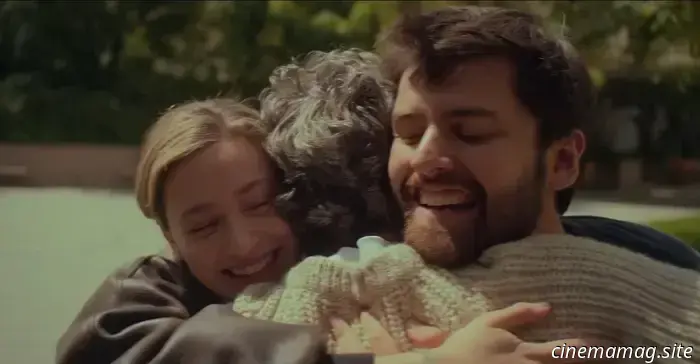 Trailer for Hal & Harper featuring Cooper Raiff, Lili Reinhart, Betty Gilpin, and Mark Ruffalo.
With its premiere on MUBI scheduled for later this month, a trailer for the forthcoming drama Hal & Harper has been released online. The series features Cooper Raiff, Lili Reinhart, Betty Gilpin, and Mark Ruffalo.
Trailer for Hal & Harper featuring Cooper Raiff, Lili Reinhart, Betty Gilpin, and Mark Ruffalo.
With its premiere on MUBI scheduled for later this month, a trailer for the forthcoming drama Hal & Harper has been released online. The series features Cooper Raiff, Lili Reinhart, Betty Gilpin, and Mark Ruffalo.
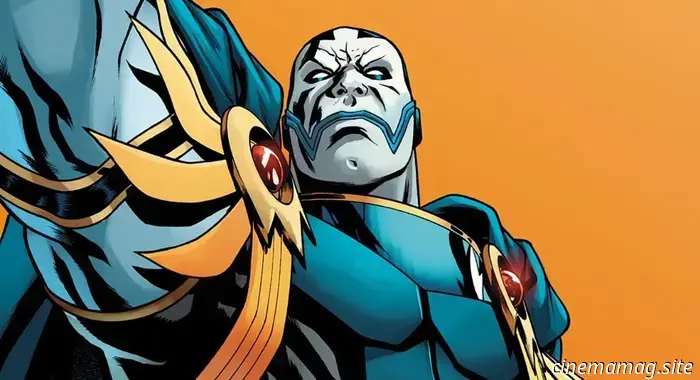 Comic Book Sneak Peek – World of Revelation #1
Marvel will launch World of Revelation #1 on Wednesday, and you can check out a sneak preview of the issue in the official preview below; take a look… THE WORLD BEYOND YOUR WINDOW HAS VANISHED! X YEA…
Comic Book Sneak Peek – World of Revelation #1
Marvel will launch World of Revelation #1 on Wednesday, and you can check out a sneak preview of the issue in the official preview below; take a look… THE WORLD BEYOND YOUR WINDOW HAS VANISHED! X YEA…
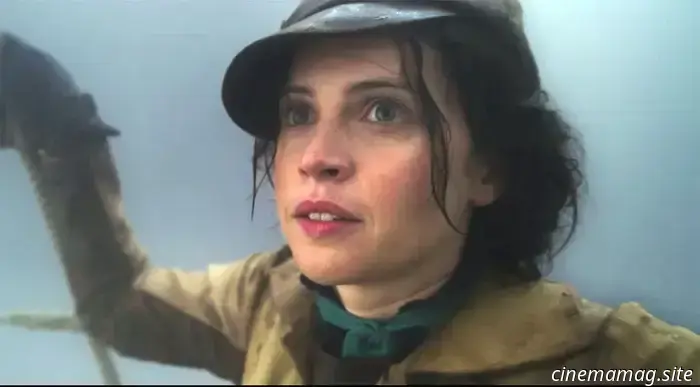 11 Based on True Events Movies Featuring Fictional Main Characters
These films inspired by true events are quite accurate, except for their fictionalized lead characters.
11 Based on True Events Movies Featuring Fictional Main Characters
These films inspired by true events are quite accurate, except for their fictionalized lead characters.
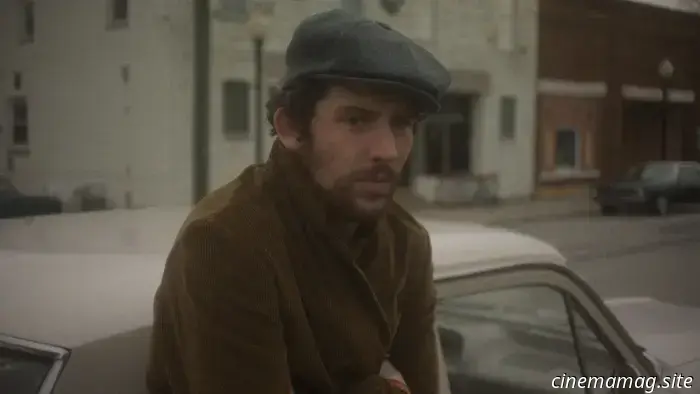 Exclusive Interview – Rob Mazurek, the Composer Behind Mastermind
Chris Connor speaks with Rob Mazurek, the composer of The Mastermind… Rob Mazurek is a renowned musician in the jazz scene, associated with Chicago Underground. He has recently made his debut in film scoring with…
Exclusive Interview – Rob Mazurek, the Composer Behind Mastermind
Chris Connor speaks with Rob Mazurek, the composer of The Mastermind… Rob Mazurek is a renowned musician in the jazz scene, associated with Chicago Underground. He has recently made his debut in film scoring with…
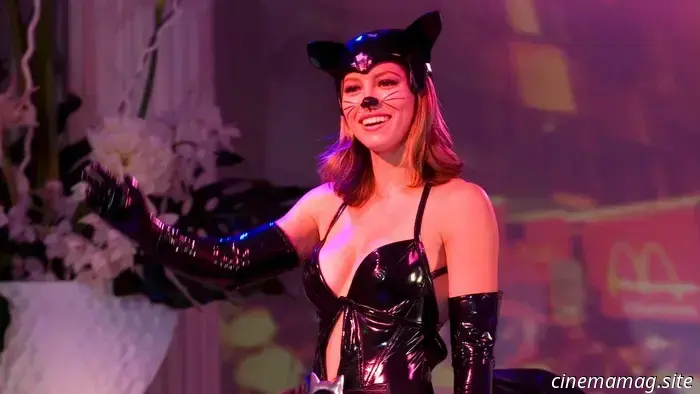 11 Unapologetic Comedy Films from the 2000s That Aren't Concerned About Offending You
These brazen comedy films from the 2000s sought to outshine one another with their absurdity. It was an entirely different era.
11 Unapologetic Comedy Films from the 2000s That Aren't Concerned About Offending You
These brazen comedy films from the 2000s sought to outshine one another with their absurdity. It was an entirely different era.
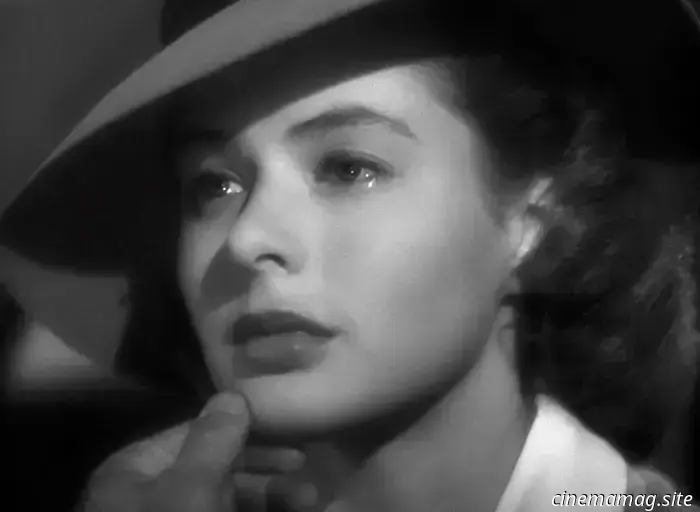 15 Timeless Black and White Films That Remain Enjoyable to Watch
If you believe that black and white classic films are boring, give these a try. We guarantee you'll be captivated.
15 Timeless Black and White Films That Remain Enjoyable to Watch
If you believe that black and white classic films are boring, give these a try. We guarantee you'll be captivated.
Editor Andy Jurgensen Discusses Editing Paul Thomas Anderson’s Action-Comedy Epic, One Battle After Another.
How can you create a 2.5-hour film that seems to rush by in just a third of that duration? Introducing editor Andy Jurgensen, a seasoned partner of Paul Thomas Anderson, who has followed up Licorice Pizza with One Battle After Another. This film is a skillfully crafted montage that brims with intensity, emotion, and humor—frequently blending these elements together.
